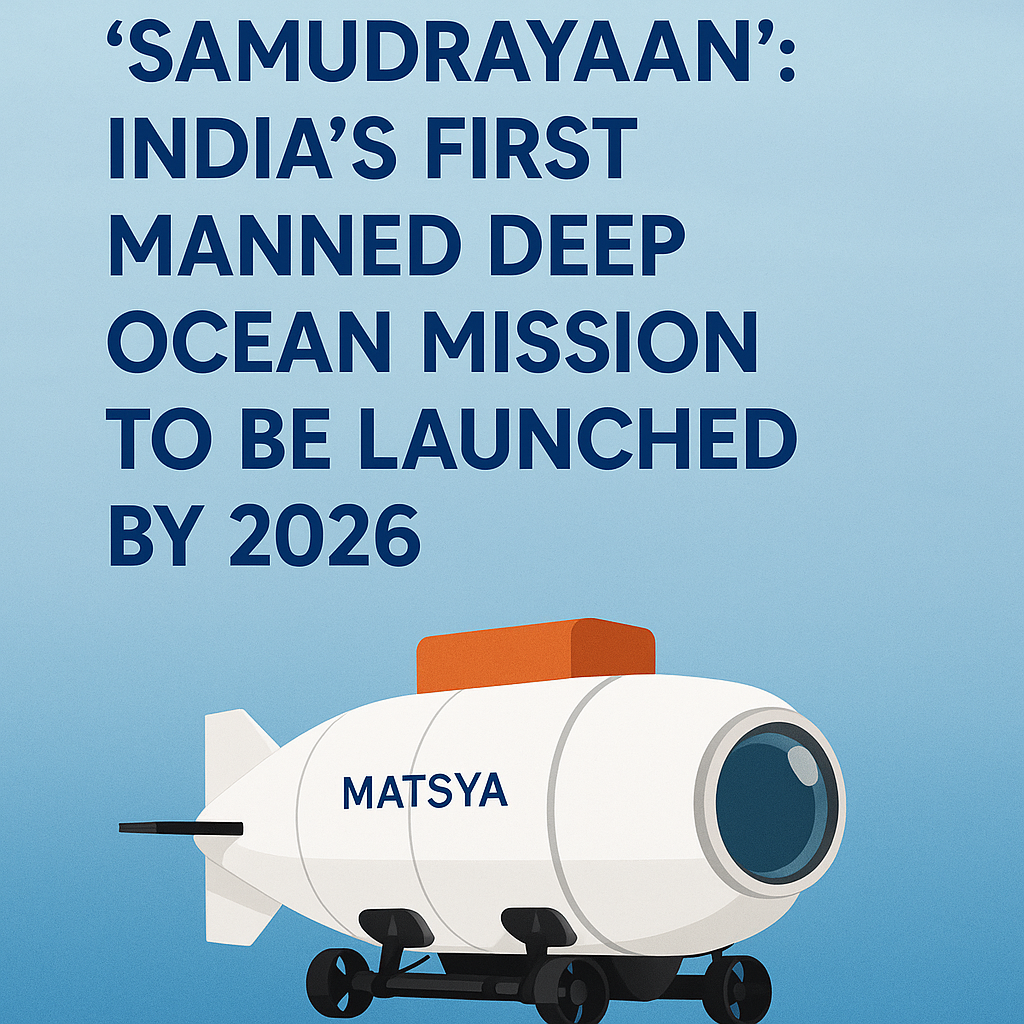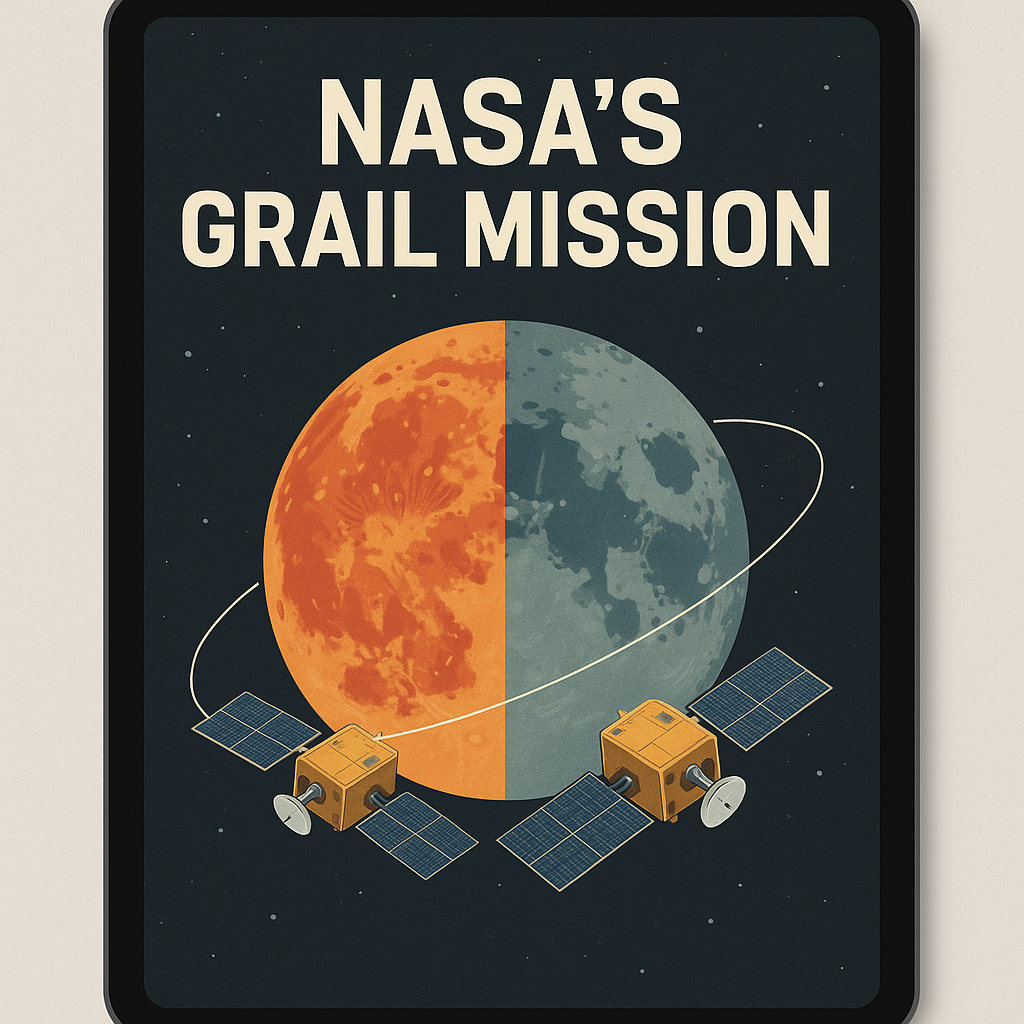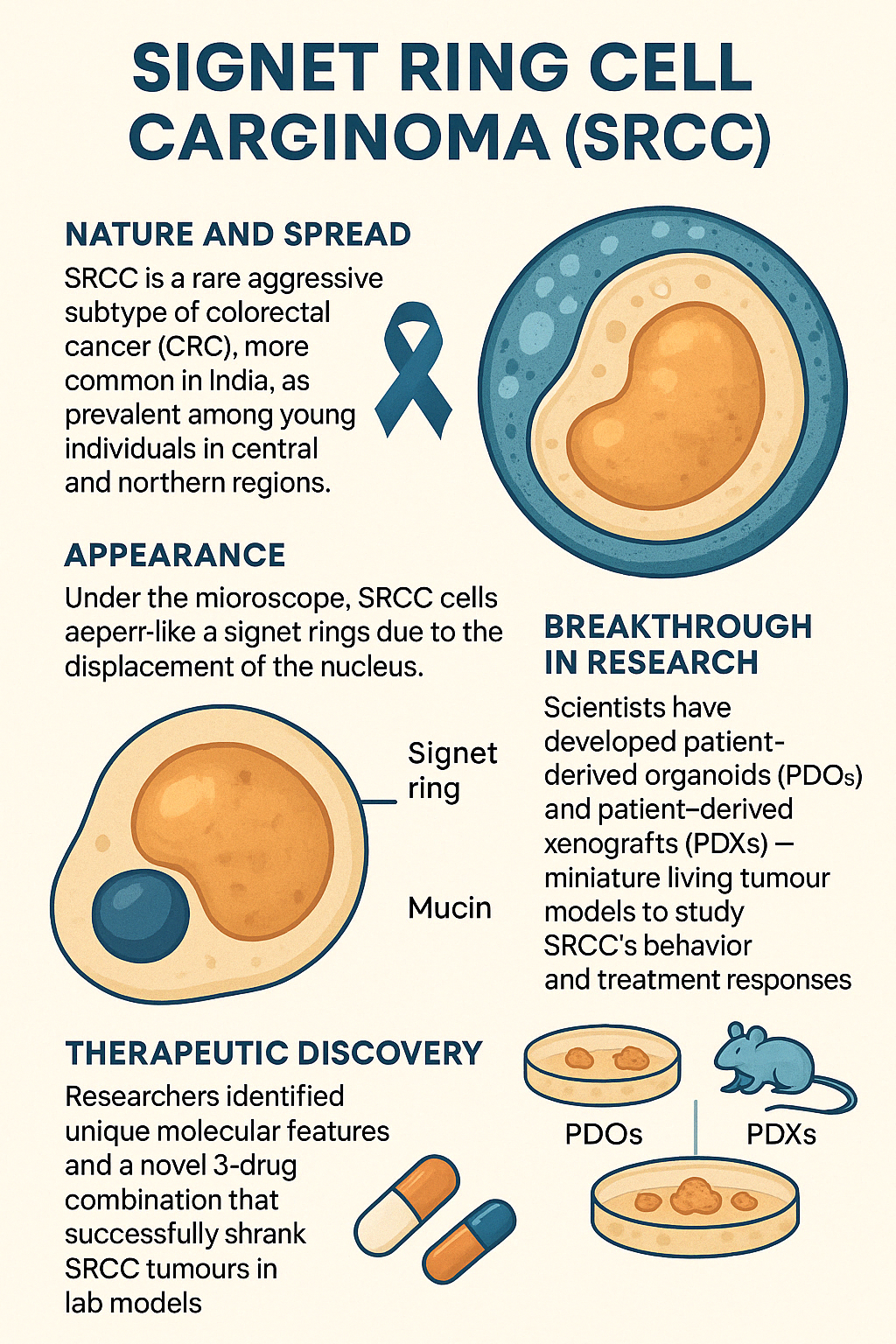
May 18, 2025, Post 2: Into the Blue Unknown: India’s Deep Dive with Samudrayaan | High Quality Mains Essay | Prelims MCQs
Into the Blue Unknown: India’s Deep Dive with Samudrayaan
SCIENCE & TECHNOLOGY

🎯 Thematic Focus:
Deep Ocean Exploration | Blue Economy | Indigenous Technology | Strategic Marine Capability
🕊️ Opening Whisper
As the stars call us upward, the seas call us inward — and India prepares to answer both.
🔍 Key Highlights:
- India will launch its first manned deep-sea mission, Samudrayaan, by 2026, using an indigenous submersible named MATSYA 6000.
- It will allow three scientists to travel 6,000 metres beneath the ocean surface.
- The project is being developed by the National Institute of Ocean Technology (NIOT), Chennai.
- MATSYA 6000 features:
• 12 hours of operational endurance
• 96 hours of emergency support
• Deployed using the Sagar Nidhi ocean research vessel - India will become the sixth country after the US, Russia, China, France, and Japan to achieve this feat.
🧪 Significance of the Mission
- Scientific Advancement:
Enables direct exploration of deep-sea biodiversity, geology, and chemistry — critical for ocean science. - Resource Mapping:
Assesses living (fish, microbes) and non-living (polymetallic nodules, rare-earth minerals) resources. - Technological Breakthrough:
Showcases India’s indigenous capability in deep-sea robotics, pressure-resistant hulls, and life support systems. - Strategic and Diplomatic Leverage:
Enhances India’s profile in marine geopolitics, UNCLOS negotiations, and blue economy cooperation. - Blue Tourism Potential:
Opens path for deep-sea adventure tourism and public-private exploration ventures in future decades.
🌊 About Deep Ocean Mission (DOM)
- Launched: 2021 by the Ministry of Earth Sciences
- Budget: ₹4,077 crore over five years
- Components:
- Manned Submersible (Samudrayaan)
- Polymetallic Nodule Mining
- Deep-Sea Biodiversity Research
- Ocean Climate Advisory Services
- Marine Biological Station Development
- AI-based Ocean Monitoring & Sensor Systems
- Alignment: SDG 14 – Life Below Water and India’s Blue Economy Vision
📘 Concept Explainer: Why 6,000 Meters Below?
The ocean is the least explored ecosystem on Earth. At 6,000m, pressure is nearly 600 times that of the surface. This zone (Abyssopelagic) harbors unknown species, unique minerals, and untapped genetic materials. Studying it helps in:
- Early-warning systems for tsunamis
- Understanding ocean-climate linkages
- Sustainable resource extraction technologies
🗺️ GS Paper Mapping:
- GS Paper 3: Science & Technology – Achievements of Indians
- GS Paper 3: Environment – Blue Economy, Marine Resources
- GS Paper 2: International Cooperation – UNCLOS, Ocean Diplomacy
✨ A Thought Spark — by IAS Monk
While others race for the moon, India listens to the silence beneath the waves — because wisdom lies not just in reaching farther, but in looking deeper.
High Quality Mains Essay For Practice :
Word Limit 1000-1200
Samudrayaan and the Rise of India’s Blue Frontier: Manned Ocean Exploration in the 21st Century
Introduction
For millennia, humans have looked to the skies in wonder — but the ocean depths remain, even today, less explored than the surface of the Moon. With the announcement of Samudrayaan, India takes a bold and historic step toward addressing this imbalance. As part of the Deep Ocean Mission (DOM), this initiative marks India’s first manned deep-sea expedition, aiming to send three humans to a depth of 6,000 metres aboard the indigenously developed submersible MATSYA 6000. This is not just a scientific milestone, but a declaration of intent — that India will be a front-runner in exploring, preserving, and profiting from the planet’s final frontier.
Why Deep Sea Matters in the Age of Space
While outer space represents aspiration, the deep sea offers immediate strategic, scientific, and economic value:
- The oceans hold vast mineral reserves, including polymetallic nodules, cobalt-rich crusts, and hydrothermal vent deposits.
- Deep-sea biodiversity holds potential for genetic discoveries, new medicines, and industrial enzymes.
- Oceans are key regulators of climate patterns, carbon cycles, and natural disaster triggers like tsunamis.
Despite covering 71% of Earth’s surface, less than 5% of the deep ocean floor has been explored directly. India’s Samudrayaan mission attempts to bridge this knowledge and capability gap.
Inside the Mission: Samudrayaan and MATSYA 6000
Developed by the National Institute of Ocean Technology (NIOT) in Chennai, MATSYA 6000 is a fourth-generation manned submersible capable of:
- Carrying three humans to depths of 6,000 metres
- Withstanding extreme pressure (600 times atmospheric pressure)
- Operating for 12 hours normally, with 96 hours emergency backup
- Launch and recovery via India’s research vessel Sagar Nidhi
Samudrayaan aims to:
- Demonstrate India’s capability in underwater robotics, life-support systems, and pressure-resistant design
- Conduct in-situ studies of deep-sea habitats and geology
- Lay the foundation for long-term commercial and scientific missions in India’s EEZ and beyond
Deep Ocean Mission (DOM): A Strategic Framework
Launched in 2021 with an outlay of ₹4,077 crore, the DOM aligns with India’s vision for a Blue Economy. It comprises:
- Manned Submersible Development (Samudrayaan)
- Mining Polymetallic Nodules from the seabed
- Deep-sea Biodiversity and Genomics research
- Ocean Climate Services and disaster advisory
- Marine Biological Research Stations
- AI-powered Ocean Observation Systems
Together, these components strengthen India’s ability to access, conserve, and capitalize on ocean resources while ensuring sustainability.
Global Context and India’s Ocean Diplomacy
With Samudrayaan, India joins an elite club of nations — USA, Russia, China, France, and Japan — that have developed human-rated deep-sea submersibles. This enhances India’s:
- Maritime deterrence and disaster response
- UNCLOS negotiation power over seabed resource rights
- Leadership in Indian Ocean Rim cooperation, such as IORA and SAGAR (Security and Growth for All in the Region)
- Soft power through scientific collaboration with island nations
As ocean geopolitics intensify, India’s underwater exploration capability provides both security leverage and developmental leadership.
Blue Economy: Linking Ocean Depths to National Growth
India’s Blue Economy is projected to contribute $1 trillion to GDP by 2035. Samudrayaan and DOM are critical to this vision because:
- They support sustainable deep-sea mining technologies
- Enable marine biotechnology advancements
- Build scientific infrastructure and talent pool
- Promote public-private partnerships in marine engineering and exploration
- Open future avenues for deep-sea tourism and education
Challenges and the Road Ahead
India’s deep-sea push faces several challenges:
- High costs and technological complexity of deep-sea missions
- International regulations on deep-sea mining and marine genetic access
- Environmental concerns about disturbing sensitive ocean ecosystems
- Need for trained aquanauts, submersible pilots, and marine scientists
The way forward requires:
- Robust ethical frameworks for ocean use
- Strong collaboration with global marine institutions
- Investment in long-term ocean observation and data systems
Conclusion
Samudrayaan is not merely a submarine launch. It is a symbol of India’s resolve to explore, conserve, and innovate within the great oceanic wilderness. As India sets its sights on both lunar craters and oceanic trenches, it emerges as a truly multi-dimensional explorer nation.
In embracing the deep, India isn’t just following in the footsteps of great powers — it is charting its own oceanic destiny.
Target IAS-26: Daily MCQs :
📌 Prelims Practice MCQs
Topic:
MCQ 1 – Type 1: How many of the above statements are correct?
Consider the following statements regarding the Samudrayaan Mission:
1)Samudrayaan aims to carry out manned exploration at a depth of 6,000 metres.
2)The mission is being led by ISRO and DRDO.
3)The submersible Matsya 6000 can support three crew members.
4)The submersible will be launched and recovered using Sagar Nidhi.
How many of the above statements are correct?
A) Only two
B) Only three
C) All four
D) Only one
🌀 Didn’t get it? Click here (▸) for the Correct Answer & Explanation
✅ Correct Answer: B) Only three
🧠 Explanation:
Correct Answer: B) Only three
1.✅ True – Samudrayaan targets a 6,000-metre depth.
2.❌ False – The mission is led by the National Institute of Ocean Technology, not ISRO or DRDO.
3.✅ True – Matsya 6000 is designed to carry three persons.
4.✅ True – India’s research vessel Sagar Nidhi is designated for launch and recovery.
MCQ 2 – Type 2: Two-Statement Check
Consider the following two statements:
1)Matsya 6000 will have a normal endurance of 96 hours and emergency endurance of 12 hours.
2)Samudrayaan will make India one of only six countries with manned deep-sea exploration capability.
Which of the above statements is/are correct?
A) Only 1 is correct
B) Only 2 is correct
C) Both are correct
D) Neither is correct
🌀 Didn’t get it? Click here (▸) for the Correct Answer & Explanation
✅ Correct Answer: B) Only 2 is correct
🧠 Explanation:
Correct Answer: B) Only 2 is correct
1.❌ False – The normal endurance is 12 hours; 96 hours is emergency backup.
2.✅ True – India will join the US, Russia, China, Japan, and France in this elite group.
MCQ 3 – Type 3: Code-Based MCQ
Which of the following are components of India’s Deep Ocean Mission (DOM)?
1)Development of manned submersible vehicle
2)Deep-sea biodiversity and genome exploration
3)Advanced ocean observation using AI and sensors
4)Establishing solar observatories in island territories
Select the correct answer using the code below:
A) 1, 2 and 3 only
B) 1 and 4 only
C) 2, 3 and 4 only
D) All four
🌀 Didn’t get it? Click here (▸) for the Correct Answer & Explanation
✅ Correct Answer: A) 1, 2 and 3 only
🧠 Explanation:
Correct Answer: A) 1, 2 and 3 only
1.✅ True – Samudrayaan is a key component of DOM.
2.✅ True – Deep-sea biodiversity is a major focus.
3.✅ True – AI-driven sensors are part of the mission.
4.❌ False – Solar observatories are unrelated to DOM.
MCQ 4 – Type 4: Direct Factual
Which institution is primarily responsible for developing Matsya 6000 for the Samudrayaan Mission?
A) ISRO
B) Indian Institute of Science
C) National Institute of Ocean Technology
D) Geological Survey of India
🌀 Didn’t get it? Click here (▸) for the Correct Answer & Explanation.
✅ Correct Answer: C) National Institute of Ocean Technology
🧠 Explanation:
Correct Answer: C) National Institute of Ocean Technology
•The NIOT, based in Chennai, is spearheading the Samudrayaan project including the development of Matsya 6000.


















